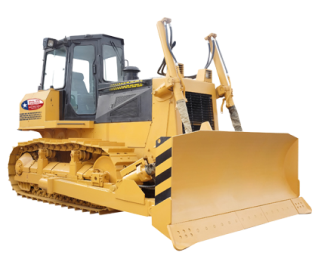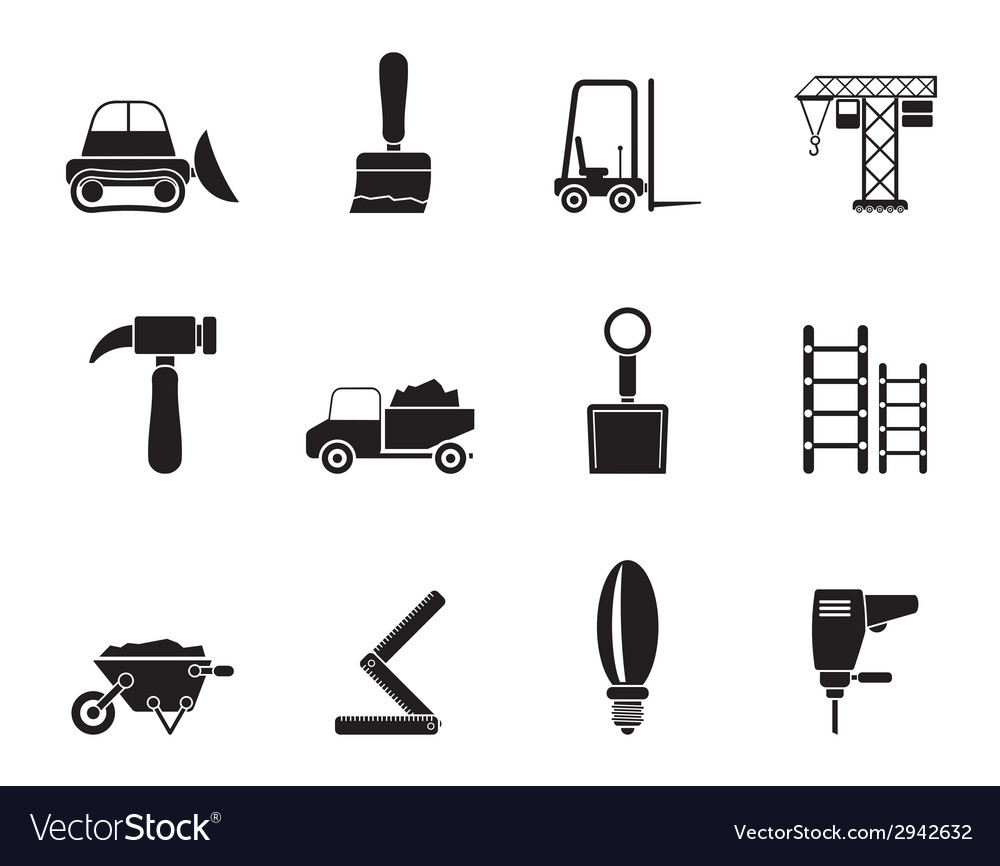Key Factors To Consider When Picking Building And Construction Devices Services for Different Kinds of Structure Tasks
Choosing the proper building and construction devices services is a crucial part that can significantly influence the success of any structure task. Key considerations include a thorough evaluation of project demands, budget plan restrictions, and website problems, all of which play an important role in establishing the best devices for the work. Additionally, comprehending the specifications and dependability of the tools, alongside evaluating distributor track record, can reduce risks connected with delays and security concerns. As task supervisors navigate these complexities, the nuances of each element can lead to critical decisions that require closer evaluation.
Project Requirements Assessment
Effective job needs assessment is important for making sure the successful implementation of building jobs. This procedure involves a thorough assessment of the particular demands and goals of the task, which functions as the structure for picking suitable building equipment. In order to facilitate precise decision-making, stakeholders must gather thorough information about the task site, extent, and timeline conditions.
Trick factors to consider throughout the analysis include the sort of building job, the quantity of materials to be taken care of, and the spatial constraints of the work website. Comprehending the task's one-of-a-kind requirements makes it possible for job managers to determine the required devices that will maximize efficiency and productivity. In addition, a detailed assessment assists in figuring out the capacities and limitations of offered tools options, guaranteeing that selected rentals fulfill efficiency standards.
:max_bytes(150000):strip_icc()/Balance_Must_Have_Earth_Moving_Construction_Heavy_Equipment_844586-c5b6ac9e5c074c11ad41e9acaea8f099.png)
Budget and Expense Evaluation
Budgeting for building devices rentals is a critical facet that straight affects the general economic health and wellness of a project. aerial lift rental. A detailed cost analysis ought to think about not only the rental costs however also added expenditures connected with running the tools, such as fuel, upkeep, transportation, and possible damage waivers
When developing a spending plan, it is vital to contrast rental costs among numerous distributors to recognize the very best value. This consists of assessing the period of the rental duration and any possible discount rates for long-lasting agreements. In addition, recognizing the particular requirements of the job can assist stay clear of spending too much on unnecessary equipment.
Furthermore, it is sensible to allocate a backup budget for unforeseen circumstances that might emerge throughout the job, such as equipment failures or prolonged rental periods. This makes sure that the job continues to be economically feasible even if unforeseen expenses take place.
Last but not least, tracking costs throughout the rental duration will offer insights into spending plan performance, allowing modifications as essential and cultivating far better decision-making for future jobs - aerial lift rental. By diligently examining expenses, job supervisors can keep monetary control while making certain that the essential equipment is available to meet project demands effectively
Devices Kind and Requirements
It is crucial to evaluate the equipment's requirements, consisting of load ability, power, and reach output, to guarantee they fulfill the task's demands. Furthermore, take into consideration the setting in which the devices will certainly be utilized; factors such as terrain, area constraints, and website conditions can dramatically affect performance.
Additionally, the age and maintenance background of the rental devices need to not be overlooked, as more recent models often integrate sophisticated technology that improves operational efficiency and security. Consulting with tools leasing experts can give useful insights right into the most appropriate options based on your task's scale and complexity. By very carefully reviewing devices kinds and their specs, job managers can make certain that they pick the right devices required to attain optimal results in their construction endeavors.
Rental Terms and Problems
Understanding the devices kind and specs is just component of the rental procedure; similarly important are the rental terms that govern the arrangement. These terms specify the assumptions and obligations of both the renter and the rental firm, ensuring a smooth deal.

Crucial element of rental terms consist of the duration of the leasing, settlement routines, and any type of affiliated charges. It is vital to clear up whether the rental period is based upon everyday, weekly, or monthly prices, along with any fines for late returns. Furthermore, understanding the settlement structure, consisting of down payments and insurance policy costs, is essential to stay clear of unexpected expenses.
Another important facet is upkeep and fixing responsibilities. The rental contract ought to define who is answerable for devices upkeep and how to handle tools failings throughout the rental period. In addition, it is vital to assess obligation conditions, particularly regarding damage to the equipment or third-party injuries.
Lastly, recognize the terms surrounding tools pickup and return. A clear understanding of these conditions can avoid conflicts and ensure that the rental procedure is efficient and reliable, eventually contributing to the success of your structure project.
Supplier Credibility and Support

Furthermore, examine the supplier's history in the market, including their experience with similar jobs. Established vendors with a proven track record are most likely to deliver the required tools and assistance quickly.
Equally crucial is the level of client solution offered. A responsive support group can make a substantial distinction, particularly in urgent scenarios where equipment failures might take place. Make sure that the vendor provides obtainable interaction networks and wants to offer support or solutions swiftly.
In addition, ask about upkeep methods and equipment problem. A distributor that focuses on routine examinations and maintenance is likely to offer well-functioning devices, lowering the risk of hold-ups in your job. Inevitably, an extensive analysis of supplier reputation and support will certainly promote a smoother rental procedure, boosting overall task this content success.
Conclusion
To conclude, selecting suitable building equipment services requires a thorough assessment of task requirements, spending plan restrictions, and tools requirements. Mindful evaluation of rental terms and conditions, together with a supplier's online reputation and support, additional enhances the decision-making procedure. By thinking about these key variables, job supervisors can make certain the reliable and risk-free execution of building projects, ultimately resulting in successful results and lessened disruptions. An organized approach to devices selection is necessary for maximizing job efficiency.
Understanding the task's one-of-a-kind requirements allows task supervisors to identify the needed equipment that will certainly enhance efficiency and productivity.Collaboration among job stakeholders is crucial during this phase, as it cultivates a shared understanding of job objectives and tools needs. By diligently examining project needs, building and construction groups can stay clear of costly hold-ups and equipment inequalities, ultimately adding to the smooth progression of i thought about this the job and adherence to timelines. The rental contract must define that is responsible for tools maintenance and how to take care of equipment failings during the rental period.In conclusion, picking appropriate building and construction devices rentals requires a detailed assessment of task requirements, budget constraints, and tools specs.